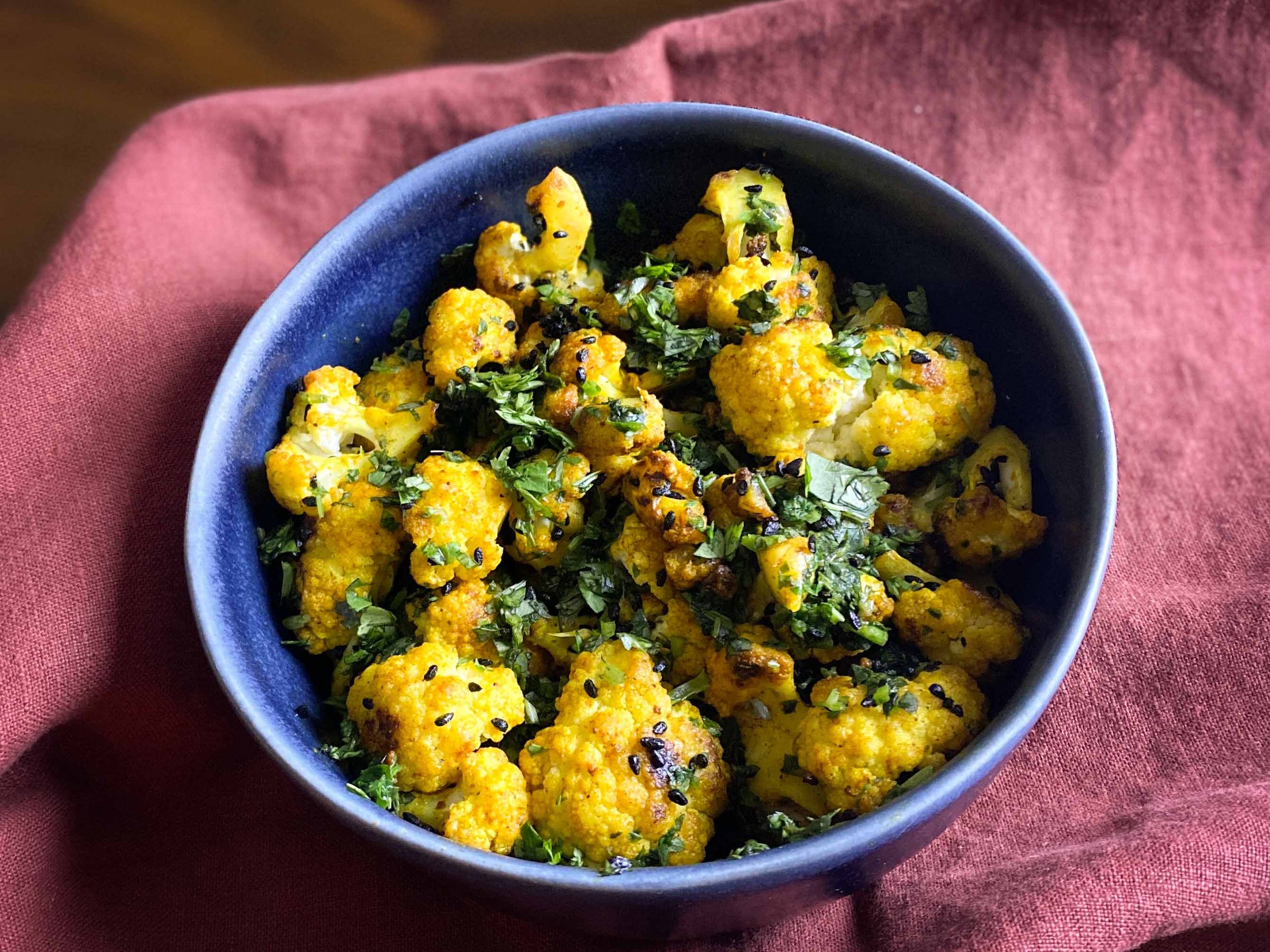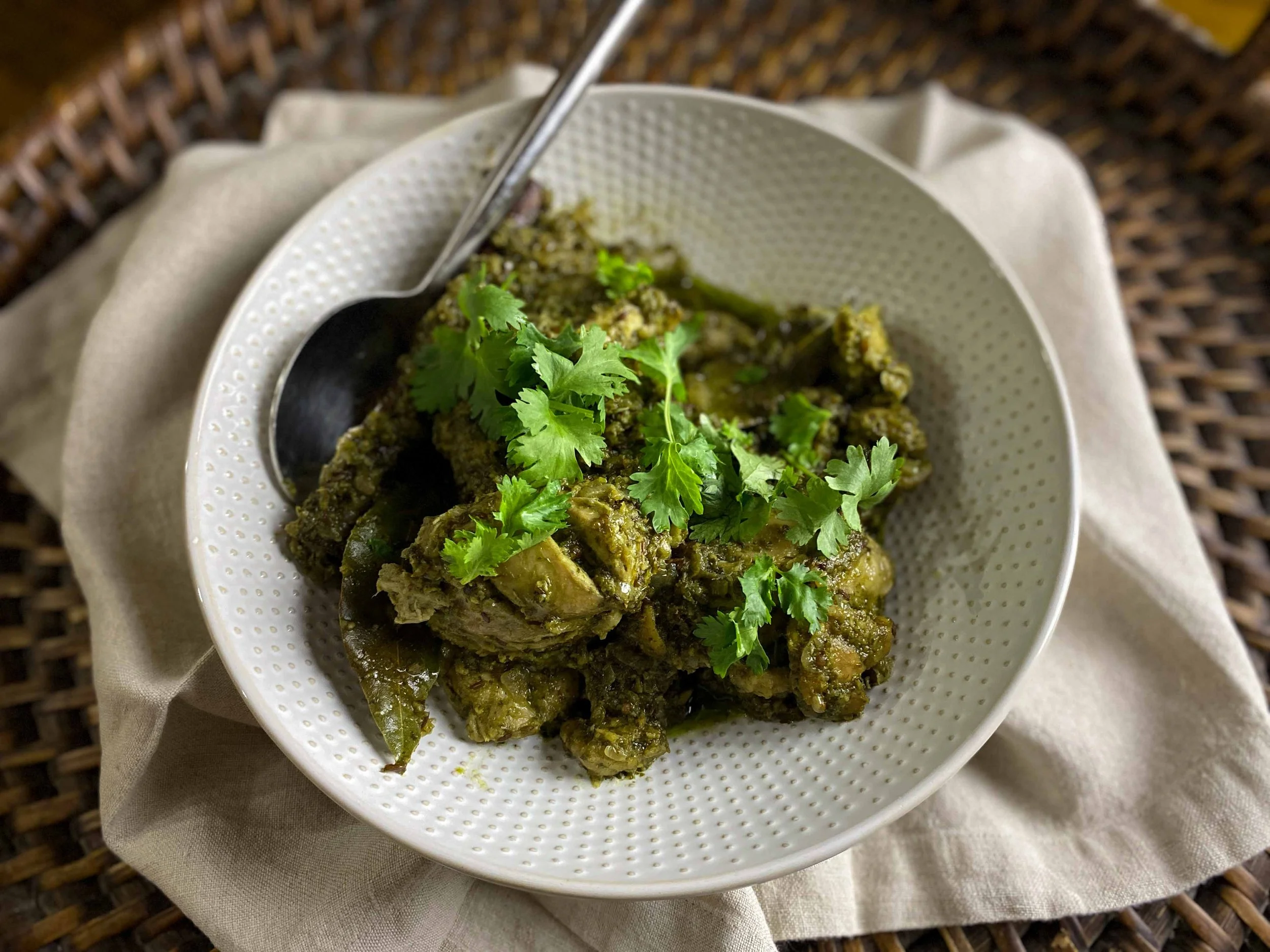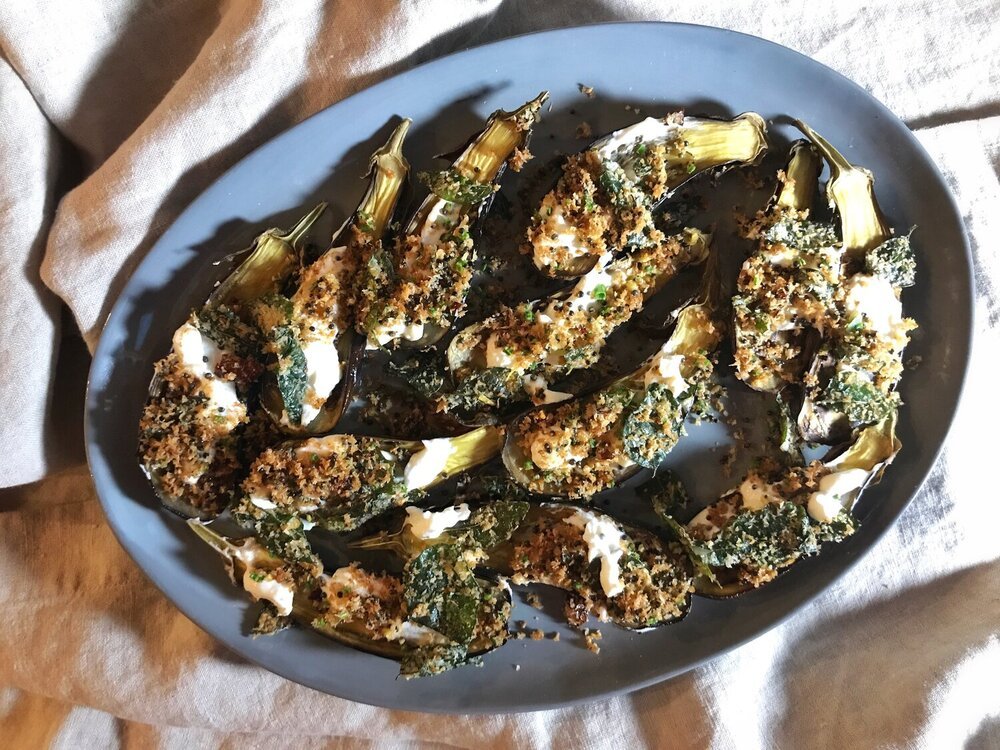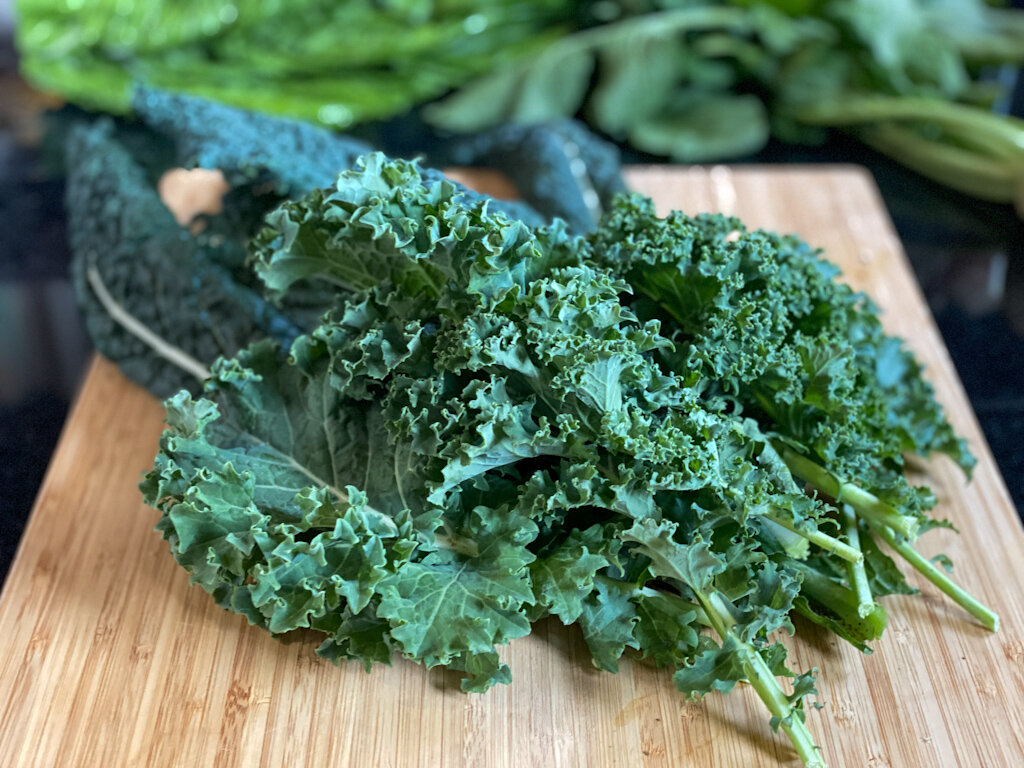By Leslie Brenner
October 20 is one of our favorite food holidays of the year: World Butter Chicken Day.
Murgh Makhani, also known as “Butter Chicken,” is arguably the world’s most beloved Indian dish. It’s certainly one of our favorite dishes at Cooks Without Borders, and our recipe — developed and tweaked over a number of years — has a special story. It also has a stamp of approval from Monish Gujral, the Delhi-based chef and restaurateur whose grandfather created the dish 102 years ago.
What — an actual person created Butter Chicken?
That’s right. “Butter chicken was invented by Kundan Lal Gujral at Moti Mahal, which was established in 1920,” explains Monish Gujral, who today presides over what has become the Moti Mahal empire of some 250 restaurants around the world.
The first World Butter Chicken Day, in 2020, celebrated the centenary of the restaurant that birthed the dish.
Curious as it may sound, the idea for the food holiday came from Cooks Without Borders; we wrote about it that inaugural year in an article for The Dallas Morning News. Pranjali Bhonde wrote about it last year for Whetstone.
Our Monish Gujral-approved version of the dish is a glorious way to celebrate — tonight, this weekend or anytime the craving strikes.
If you enjoyed this story, you might like:
“Cookbooks We Love: The flavors of India’s cultural capital shine in ‘Kolkata’”
ALL COOKS WITHOUT BORDERS INDIAN RECIPES
“Moussaka’s magnificent makeover”
“It’s beginning to smell a lot like couscous”
“This quick, easy pumpkin spice bread is just the thing”
RECIPE: ‘Falastin’ Baked Kofta with Eggplant and Tomato





























